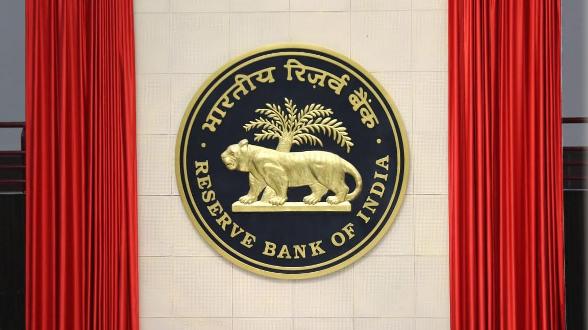Carbon Neutrality | Net Zero Carbon Targets | UPSC | Explained | Why In The News ?
Independent charitable organisation Oxfam has said that ‘net zero’ carbon targets that many countries have announced may be a “dangerous distraction” from the priority of cutting carbon emissions.
Oxfam found that “Land-hungry ‘net zero’ schemes could force an 80 per cent rise in global food prices and more hunger while allowing rich nations and corporates to continue “dirty business-as-usual,”.
What is carbon neutrality?
- Carbon neutrality means having a balance between emitting carbon and absorbing carbon from the atmosphere in carbon sinks.
- Removing carbon oxide from the atmosphere and then storing it is known as carbon sequestration.
- In order to achieve net zero emissions, all worldwide greenhouse gas (GHG) emissions will have to be counterbalanced by carbon sequestration.
What is Carbon Sinks ?
- Carbon sink is any system that absorbs more carbon than it emits.
- The main natural carbon sinks are soil, forests and oceans.
- The carbon stored in natural sinks such as forests is released into the atmosphere through forest fires, changes in land use or logging.
- This is why it is essential to reduce carbon emissions in order to reach climate neutrality.
Carbon offsetting :
- Another way to reduce emissions and to pursue carbon neutrality is to offset emissions made in one sector by reducing them somewhere else.
- This can be done through investment in renewable energy, energy efficiency or other clean, low-carbon technologies.
- The EU’s emissions trading system (ETS) is an example of a carbon offsetting system.
What does net-zero mean?
- Net-zero, which is also referred to as carbon-neutrality, does not mean that a country would bring down its emissions to zero.
- That would be gross-zero, which means reaching a state where there are no emissions at all, a scenario hard to comprehend.
- Therefore, net-zero is a state in which a country’s emissions are compensated by absorption and removal of greenhouse gases from the atmosphere.
- One way by which carbon can be absorbed is by creating carbon sinks.
- Bhutan has negative emissions, because it absorbs more than it emits.
Read Also : India Digital Ecosystem of Agriculture ( IDEA ) | UPSC | Explained
Which countries have recently announced net-zero targets?
- In 2019, the New Zealand government passed the Zero Carbon Act, which committed the country to zero carbon emissions by 2050 or sooner, as part of the country’s attempts to meet its Paris climate accord commitments.
- In the same year, the UK’s parliament passed legislation requiring the government to reduce the UK’s net emissions of greenhouse gases by 100 per cent relative to 1990 levels by the year 2050.
- Recently, US announced that the country will cut its greenhouse gas emissions by at least 50 per cent below 2005 levels by 2030.
- The European Union through plan, called “Fit for 55”, has asked all of its 27 member countries to cut emissions by 55 per cent below 1990 levels by 2030.
- China also announced that it would become net-zero by the year 2060 and that it would not allow its emissions to peak beyond what they are in 2030.
What the report says ?
- 1.6 billion hectares of new forests would be required to remove the world’s excess carbon emissions by the year 2050.
- To limit global warming below 1.5°C and to prevent irreversible damage from climate change, the world needs to collectively be on track and should aim to cut emissions by 45 per cent by 2030 from 2010 levels
- Currently, countries’ plans to cut emissions will only lead to a one per cent reduction by the year 2030.
What Are The Main Reasons For Global Warming & Climate Change ?
- Lack of alternative modes of transportation – Motorized vehicles emit major chunk of carbondioxide.
- Industries – Thermal power plants, manufacturing industries run on polluting fuels like coal.
- Reliance on non-renewable sources of energy – Petrol, Diesel, coal.
- Lack of alternative technologies – Technologies like carbon sequestration are still nascent stage in India.
- Huge dependence on Agriculture – 60% of population is dependent on agriculture leading to Land degradation.
- Execessive use of fertilizers
- Desertification
- Burning fossil fuels









